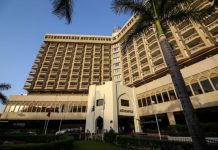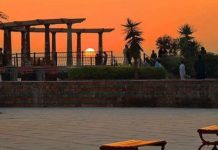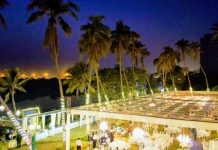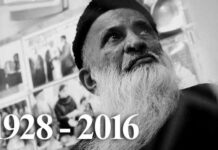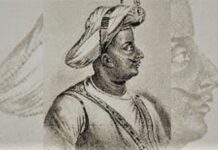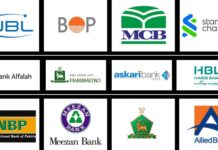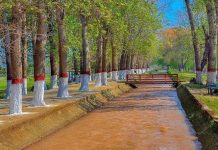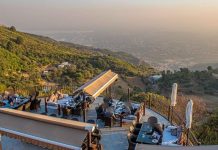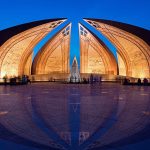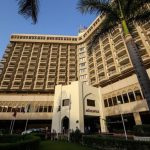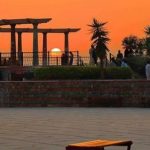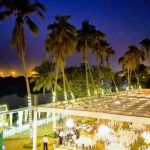Pakistan is a country with a rich and diverse linguistic heritage. With over 200 million people, the country is home to a large number of language groups, each with its own unique history, culture, and traditions. In this article, we’ll take a look at some of the most widely spoken languages in Pakistan and examine their significance within the country.
Official Language: Urdu
Urdu is the official language of Pakistan and is widely spoken throughout the country. It is used as a lingua franca by people from different linguistic backgrounds and is also the language of the majority of the country’s media, education, and government institutions. Urdu has its roots in the northern region of India and is closely related to Hindi, but it has developed its own unique characteristics over time. The language is written in the Perso-Arabic script and has a rich literary tradition, with poets like Allama Iqbal and Faiz Ahmed Faiz having made significant contributions to Urdu poetry.
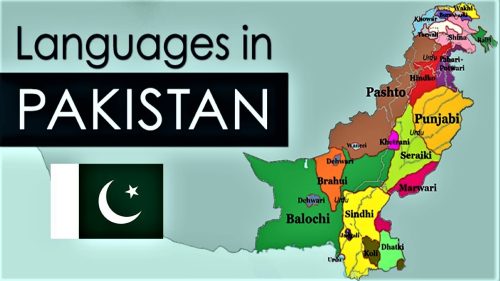
Regional Languages: Punjabi, Sindhi, Pashto, and Balochi
Punjabi is the most widely spoken language in Pakistan, with over 44% of the population speaking it as their mother tongue. It is the main language of the province of Punjab and is spoken by people in the cities of Lahore, Faisalabad, and Multan, among others. Punjabi has a rich literary tradition and is the language of some of Pakistan’s most famous poets, such as Waris Shah and Bulleh Shah.
Sindhi is the second most widely spoken language in the country and is the main language of the province of Sindh. It is spoken by over 18% of the population and has a rich literary tradition that dates back to the 8th century. Sindhi is written in the Perso-Arabic script and has a unique grammar and vocabulary that sets it apart from other languages spoken in Pakistan.
Pashto is the language of the Pashtun people, who are primarily based in the province of Khyber Pakhtunkhwa and the Federally Administered Tribal Areas of Pakistan. It is spoken by over 15% of the population and is written in the Perso-Arabic script. Pashto has a rich oral tradition, with poems and songs passed down from generation to generation.
Balochi is the language of the Baloch people, who are primarily based in the province of Balochistan. It is spoken by over 4% of the population and is written in the Perso-Arabic script. Balochi has a rich oral tradition and is known for its epic poetry and traditional music.
Other Languages: English, Hindko, and Seraiki
English is widely used in Pakistan as a second language, especially in the fields of education, business, and politics. It is the language of instruction in many schools and universities and is also used by the country’s media, courts, and government institutions.
Hindko is a language spoken by the people of the Khyber Pakhtunkhwa province and parts of the Punjab and Azad Kashmir regions. It is written in the Perso-Arabic script and has a rich oral tradition, with poems and songs passed down from generation to generation.
Seraiki is a language spoken by the people of the southern Punjab region. It is written in the Devanagari script and has a rich literary tradition, with poems and songs that are passed down from generation to generation.
In addition to these major languages, there are several other minor languages spoken in Pakistan, including Brahui, Shina, Burushaski, and Balti, among others.
The government of Pakistan recognizes the importance of preserving and promoting the country’s linguistic diversity and has taken steps to promote the use of regional languages in education, media, and government institutions. However, the dominance of Urdu and English has led to the marginalization of some of Pakistan’s regional languages, and there is a need for continued efforts to promote and protect the country’s linguistic heritage.
Conclusion:
In conclusion, Pakistan is a linguistically diverse country with over 70 languages spoken by its population. The major languages include Punjabi, Sindhi, Pashto, Balochi, and Urdu, which is the official language of the country. In addition, English is widely used as a second language, especially in the fields of education, business, and politics. Each of these languages has its own unique characteristics and rich cultural heritage, which reflects the diversity of the country’s population.
Despite the recognition of the importance of preserving and promoting the country’s linguistic heritage, some regional languages have faced marginalization due to the dominance of Urdu and English. However, efforts by the government and civil society organizations to promote the use of regional languages in education, media, and government institutions have helped to preserve and revitalize these languages.
In conclusion, the diversity of languages spoken in Pakistan is a testament to the country’s rich cultural heritage and a valuable resource that should be protected and promoted for future generations.
FAQs about the languages of Pakistan:
Here are some frequently asked questions (FAQs) about the languages of Pakistan:Top of Form
- What is the official language of Pakistan?
The official language of Pakistan is Urdu.
- What is the most widely spoken language in Pakistan?
The most widely spoken language in Pakistan is Punjabi.
- Are regional languages recognized in Pakistan?
Yes, regional languages such as Sindhi, Balochi, Pashto, and others are recognized in Pakistan and there have been efforts to promote their use in education, media, and government institutions.
- Is English widely used in Pakistan?
Yes, English is widely used in Pakistan as a second language and is the language of instruction in many schools and universities.
- What are the consequences of the dominance of Urdu and English in Pakistan?
The dominance of Urdu and English in Pakistan has led to the marginalization of regional languages and a loss of linguistic diversity in the country. This has been a concern for some language groups and there have been efforts to promote the use of regional languages to preserve linguistic diversity.
- How many languages are spoken in Pakistan?
Approximately 70 languages are spoken in Pakistan, including regional languages and minority languages.
- Is there a language policy in place to promote linguistic diversity in Pakistan?
Yes, the government of Pakistan has implemented a language policy to promote linguistic diversity and the use of regional languages in education, media, and government institutions.
- What is the role of civil society organizations in promoting linguistic diversity in Pakistan?
Civil society organizations play an important role in promoting linguistic diversity by advocating for the use of regional languages, organizing language classes, and supporting cultural events that showcase the richness of linguistic diversity in the country.
- Are there efforts to preserve and revitalize endangered languages in Pakistan?
Yes, there have been efforts by the government and civil society organizations to preserve and revitalize endangered languages in Pakistan, including promoting their use in education and media and documenting their linguistic heritage.



